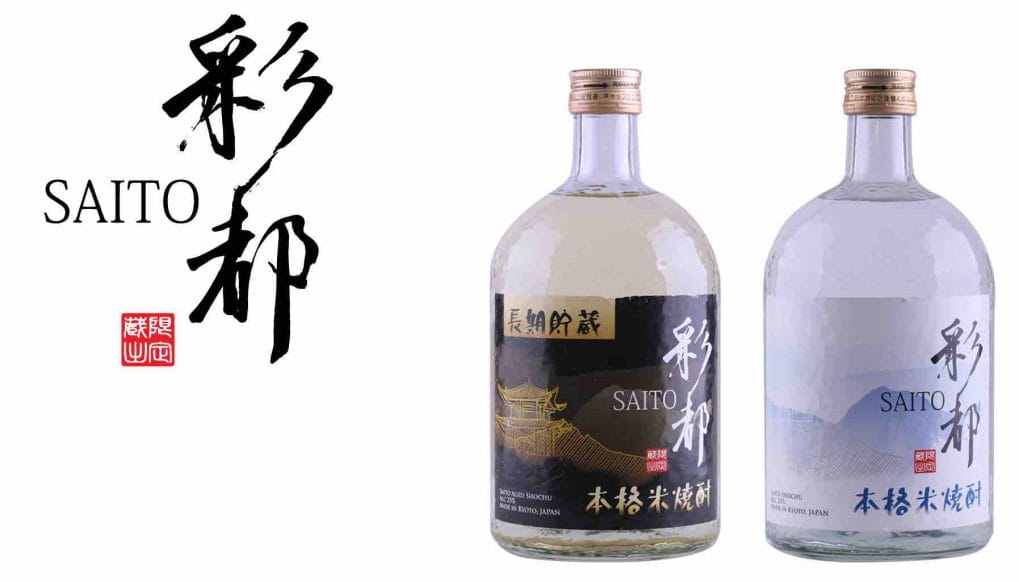Fruity and fragrant
Fermentation is yeast feasting on sugars, eventually ejecting alcohol and carbon dioxide. Nothing novel there. Same goes for the malting process, where barley grains are allowed to sprout and thereby secrete an enzyme that turns starch into sugar, before those sprouts are burned off to maintain said sugars. Malting is necessary because yeast doesn’t consume starch.
Efficient Japanese brewers on the other hand, don’t malt their rice. Instead a voracious strain of fungus domesticated over a thousand years ago is used to convert starch into sugar. And when allowed to consume a polysaccharide as pure as polished white rice, you can understand why sake enjoys the highest percentage of alcohol of any fermented beverage.
There are at least 80 types of sake rice in Japan and Saito of Kyoto uses the ultimate Yamadanishiki variety. A premium strain, the rice is first polished to 50% purity for fats and proteins to be eroded for a truer taste. At a dinner hosted by Saito importers Asiaeuro Wines and Spirits, representatives also highlighted the use of Fushimizu spring water. Obtained only in Japan’s feudal-era capital of Kyoto, the minerality of the water is purportedly perfect for top-quality sake.
Among the evening’s best tipples, were the Junmai Ginjo Genshu (spicy and stiff), the Premium Junmai (big and balanced) and the Ginjo Aged Sake (rich and estery). Special mentions also go out to the Rice Shochu and Rice Aged Shochu. These are distilled (as opposed to fermented) for mellower and crisper finishes. Spending some time in oak barrels, the latter also offers fine vanilla undertones.




